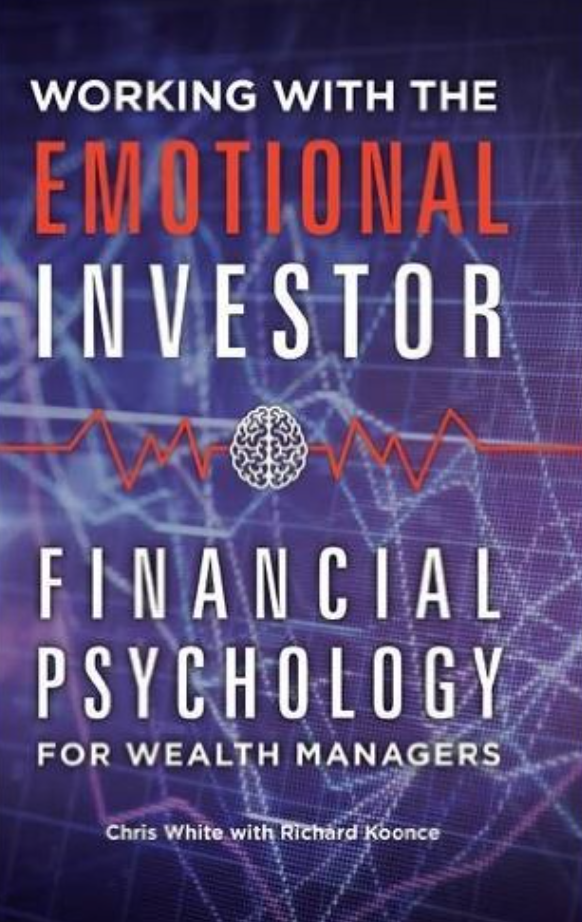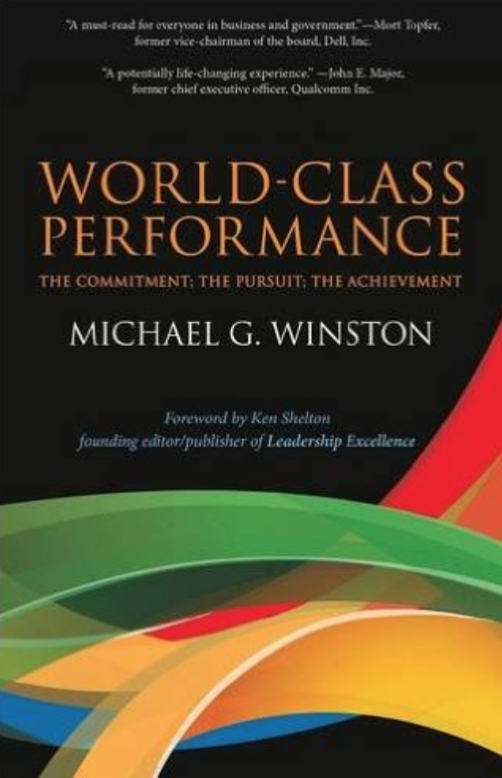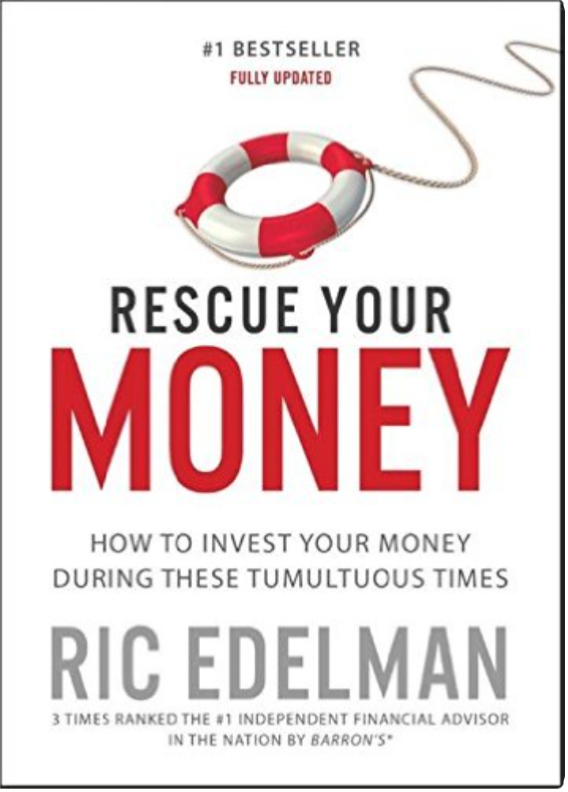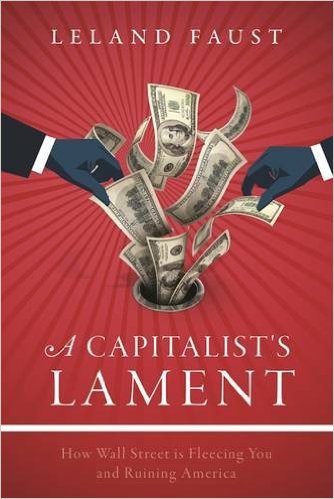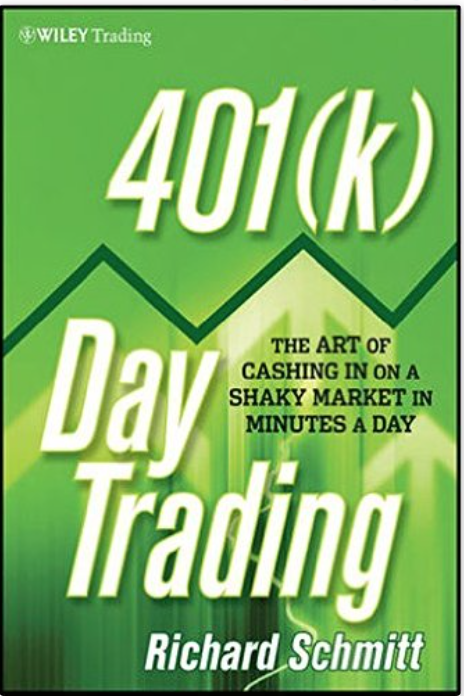The following informative interview was provided by Richard Schmitt, author of the book 401(k) Day Trading and creator of the app Rebalance, which provides guidance on specific fund transfers that facilitate more frequent rebalancing or 401(k) day trading of retirement savings based on current stock market conditions.
Richard Schmitt is an Adjunct Professor teaching retirement planning at the Edward S. Ageno School of Business at Golden Gate University in San Francisco. Putting into practice his background as a numbers guy in a world looking for the means to retire, he developed “401(k) Day Trading” as a better way for individuals to manage their retirement savings in an uncertain market. Lately his word has been spreading through features on Fox Business, ReutersTV, TheStreet, Business Talk Radio, KMA, and KCBS, among other media outlets.

Having worked in the retirement plan industry since the origin of 401(k) plans, Mr. Schmitt has assisted companies in the design, implementation, and administration of 401(k), 403(b), 457, and other retirement savings plans for over 25 years. Before joining academia, he managed corporate compensation and benefit plans for a couple of the largest U.S. companies based in Silicon Valley. He also served other Fortune 500 companies’ retirement plans as a senior consultant at major international consulting firms. He is a Fellow of the Society of Actuaries, a Member of the American Academy of Actuaries, and an Enrolled Actuary.
We cover a lot in this interview, including:
- How 401k Day Trading works
- Comparing daily rebalancing to quarterly or annual rebalancing
- The superior performance of trading daily
- How the Rebalance app works
- The difference between time-based rebalancing and 401(k) day trading
The Interview
To stream the interview, click:
You can download as an mp3 by right-clicking here and choosing “save as.”
Resources
The book:
401(k) Day Trading: The Art of Cashing in on a Shaky Market in Minutes a Day
The website:
www.401kdaytrading.com
Let us know what you think about this interview by entering your comments in the comment section below.
All opinions are those of Richard Schmitt, and do not represent the opinions of Stockerblog.com or the interviewer. Neither Stockerblog nor the interviewer nor the interviewee are rendering tax, legal, or investment advice in this interview. No investment advice is expressed or implied.
, is an interesting book by Chris White, which is targeted to investment advisors and financial planners to help them deal with clients who let their emotions determine their investment decisions.

